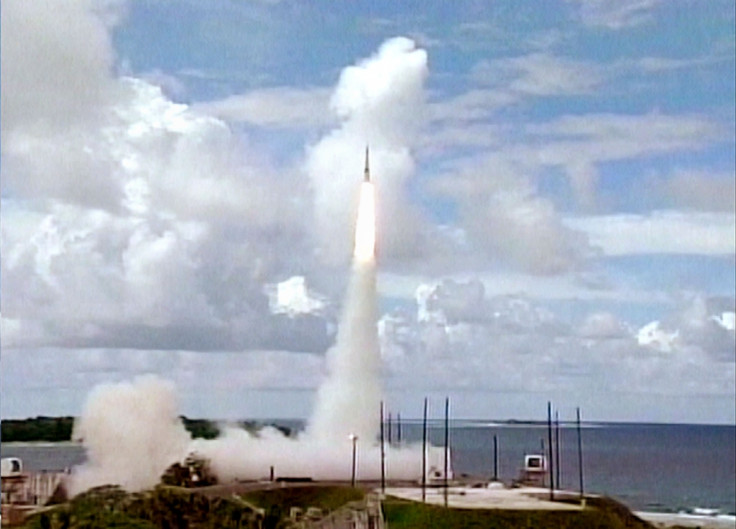What are Ground-Based Strategic Deterrents? US upgrading its nuclear arsenal with next-gen ICBMs
The US has already awarded contracts to Boeing and Northrop Grumman to start ground work for upgrading its nuclear arsenal.

US Air Force is going ahead with its plan to build the next-generation of intercontinental ballistic missiles (ICBMs). The new missiles, which will be called Ground-Based Strategic Deterrents (GBSDs), will be developed by Northrop Grumman and Boeing over next three years and.
The missiles will be designed to protect the US homeland till the 2070s and beyond. The two defence giants will explore technological and strategic requirements to replace US military's current arsenal of land-based Minuteman III ICBMs.
The new ICBMs, according to a report from Scout Warrior, will feature improved guidance technology, boosters, and flight systems. Their operational range will be higher than the current capacity of Minuteman III - approximately 8,100 miles. Several reports have also suggested they will be engineered with advanced command and control systems.
In a statement, Lt. Gen. Jack Weinstein, Deputy Chief of Staff for Strategic Deterrence and Nuclear Integration, had said, "Solid rocket fuel ages out after a period of time. You need to have an upgraded guidance package for sustainability and warfighting requirements". The missiles are also said to bring in upgraded circuitry and durability for long-term use and maintenance.
Minuteman III, a Cold-War relic coming from the 1950s, carries a speed of more than 15,000 miles per hour and can carry up to three warheads. The US keeps as many as 440 Minuteman IIIs ready for immediate take-off, but after 50 years of technological advancements and development of modern atomic weapons, Air Force is in dire need of an ICBM upgrade.
"The Minuteman III is 45 years old. It is time to upgrade," Air Force Chief of Staff General David Goldfein said on Monday, 21 August.
The US plans to field nearly 400 new ICBMs with an estimated cost of $62bn (£48.3bn). Though there's no word from Air Force on deployment, it is believed the improved arsenal will be stationed in the same geographical area where current missiles are sitting - across the plains of Colorado, Nebraska, Wyoming, Montana, and North Dakota.
The new missiles, when developed, would give a major boost to the US, which currently lags behind Russia and China in terms of nuclear capabilities. Both countries have modernized their arsenal, with Kremlin replacing its Cold War-era RS-20B Voyevoda with MIRV (Multiple independently targetable reentry vehicle)-equipped RS-28 Sarmat (operational by 2018) and China moving ahead with DF-41, the world's longest range missile (in testing).
© Copyright IBTimes 2025. All rights reserved.





















